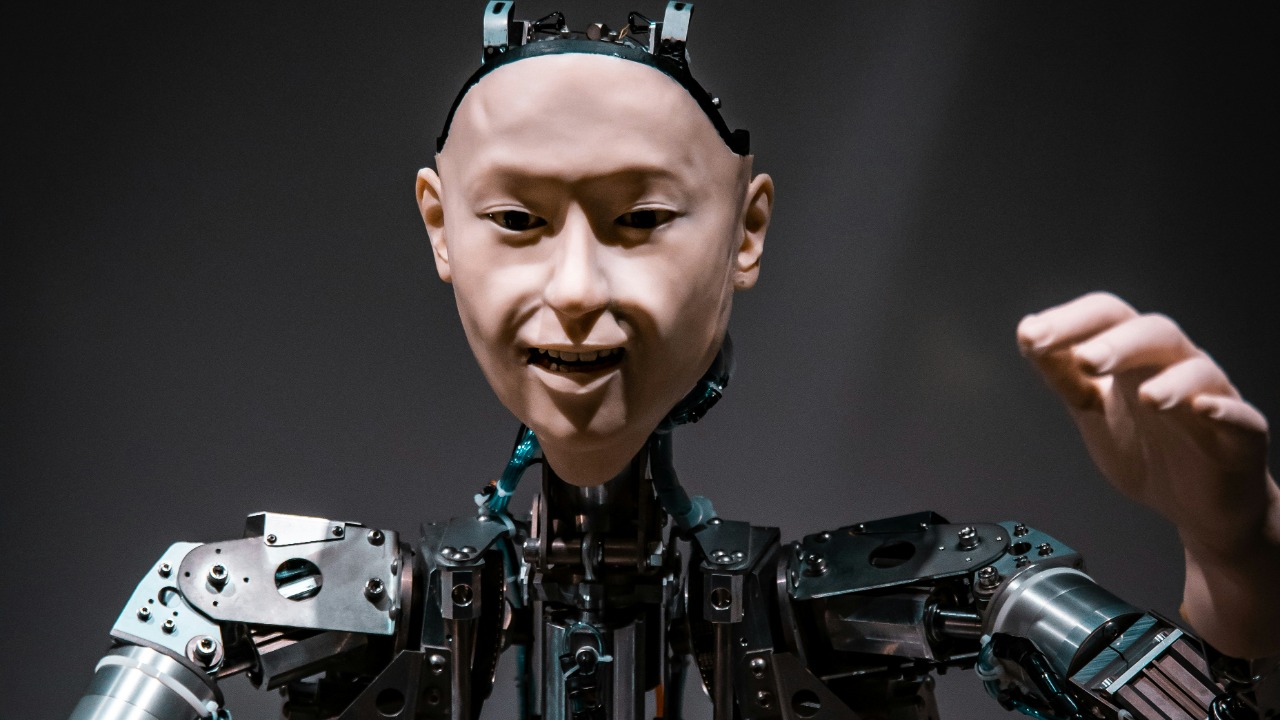
China’s AI robots are captivating global attention through their increasingly lifelike humanoid traits. This was vividly demonstrated during the world’s first humanoid robot half marathon held in China, where humans easily outperformed the machines. In a related milestone, 12,000 runners are slated to compete against robots in the world’s first human-robot race scheduled for April 2025, highlighting the rapid integration of these technologies into public events. These advancements underscore a pivotal shift in AI robotics that is shocking the world with their human-like characteristics.
Advancements in China’s Humanoid Robot Technology
China’s AI robots are making waves with their ability to mimic human characteristics, such as fluid movements and interactive behaviors. Recent demonstrations have showcased these capabilities, drawing international surprise and admiration. The robots’ ability to perform tasks requiring dexterity and adaptability is a testament to the sophisticated AI integration emerging from Chinese labs. These developments are part of a broader narrative where robots are increasingly exhibiting humanoid traits that shock and intrigue the world [source].
State-backed initiatives play a crucial role in accelerating these advancements, positioning China as a leader in AI robotics by 2025. The government’s support has facilitated rapid progress in the development of humanoid robots, enabling them to perform complex tasks with a level of precision and adaptability that was previously unattainable. This strategic focus not only enhances China’s technological prowess but also sets the stage for future innovations that could redefine the global landscape of AI robotics [source].
The World’s First Humanoid Robot Half Marathon in China
The “World’s First Humanoid Robot Half Marathon” held in China marked a significant milestone in the field of robotics. The event featured humanoid robots competing against human runners, capturing the imagination of audiences worldwide. Despite their advanced designs, the robots were unable to match the endurance and speed of their human counterparts, with humans easily winning the race. This outcome highlights the current limitations in humanoid robot mobility, despite their human-like designs [source].
The implications of this event extend beyond the race itself, influencing public perception of humanoid robots. The robots’ participation in the marathon amplified global astonishment at their near-human capabilities, even as it underscored the technological gaps that remain. This juxtaposition of advanced design and performance limitations provides valuable insights into the future trajectory of humanoid robotics and their potential impact on society [source].
Upcoming Human-Robot Competitions and Global Engagement
Building on the momentum of previous events, the world’s first human-robot race is set to take place in April, featuring 12,000 runners competing alongside robots. This event promises to draw widespread participation, with eligibility requirements and prizes designed to attract a diverse array of competitors. The race will serve as a platform to showcase the evolving physical traits and AI-driven decision-making capabilities of humanoid robots in real-time scenarios [source].
The excitement surrounding these competitions reflects broader trends in AI robotics, where China’s robots are projected to exhibit more advanced humanoid characteristics by 2025. These developments not only highlight the technological advancements being made but also underscore the potential for humanoid robots to become integral components of future public events and everyday life. As these technologies continue to evolve, they will likely play an increasingly prominent role in shaping the future of human-robot interactions [source].
Disturbing and Innovative Aspects of Recent Humanoid Robots
The emergence of the “7 most disturbing humanoid robots” in 2024 has sparked significant discussion, particularly those with origins or influences tied to Chinese innovations. These robots challenge ethical boundaries with their uncanny human likeness, featuring hyper-realistic expressions and autonomous behaviors that blur the line between human and machine. Such advancements raise important questions about the ethical implications of creating machines that closely resemble humans [source].
The global reaction to these developments has been mixed, with some expressing awe at the technological achievements while others voice concerns about the potential societal impacts. These emergences foreshadow more integrated humanoid trends in China for 2025, blending innovation with societal unease. As these robots become more prevalent, they will likely continue to provoke debate about the role of AI in society and the ethical considerations that accompany such advancements [source].